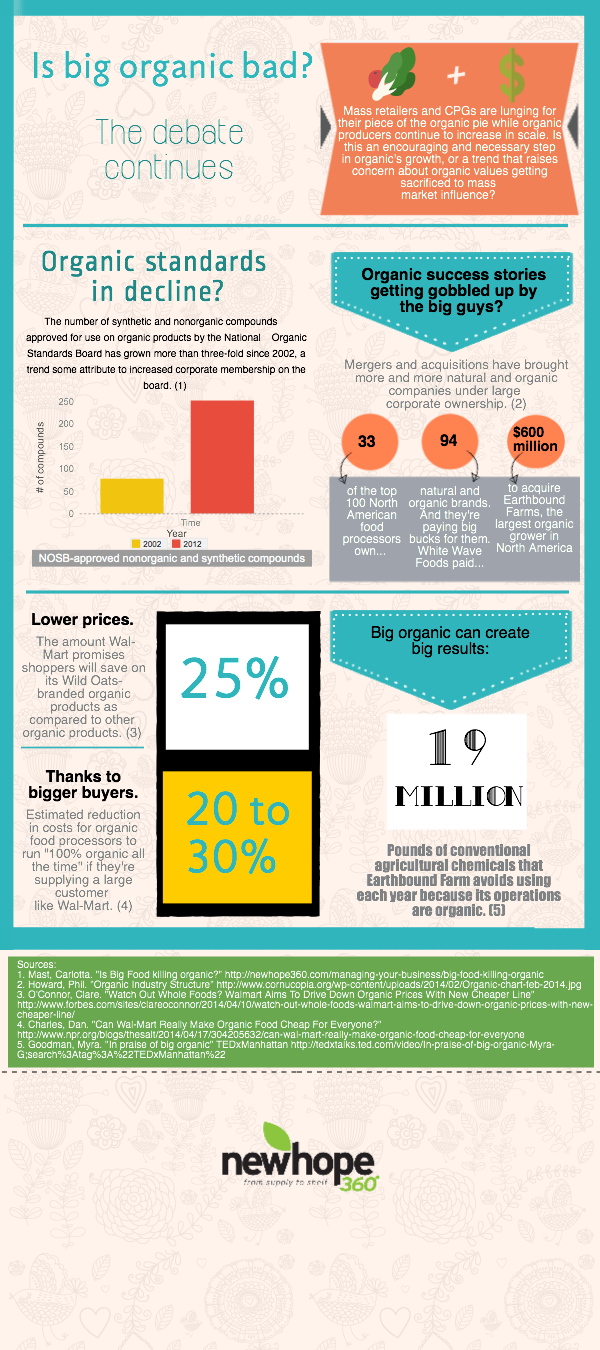Introduction to Wakame
Wakame is a variety of seaweed that is commonly used in Japanese cuisine. Its scientific name is Undaria pinnatifida and although it is considered one of the most invasive species of seaweed on the planet, it is healthy and beneficial when added to any diet. In Japan, wakame is commonly used in soups and salads, as well as in the form of a side dish, like tofu. The taste is briny and salty, with a slightly sweet taste mixed in that flavors other foods in such a delightful way. Japanese sea farmers have grown this seaweed for hundreds of years, and it is beginning to gain popularity in other parts of the world as well, particularly in France. However, the best thing about wakame, besides its taste and versatility, is the enormous amount of health benefits that it contains. Most of these health benefits come from the rich supply of vitamins and minerals contained in these delicate green leaves, as well as certain organic compounds that have only recently begun to be studied.
However, the best thing about wakame, besides its taste and versatility, is the enormous amount of health benefits that it contains. Most of these health benefits come from the rich supply of vitamins and minerals contained in these delicate green leaves, as well as certain organic compounds that have only recently begun to be studied.Nutritional Facts of Wakame
Wakame is a very important source of vitamins and minerals, including iodine, calcium, iron, and magnesium, as well as folate, vitamin A, C, D, E, K, and B2. Wakame also contains lignans and fucoxanthin, which have their own unique health benefits. Let’s take a closer look at some of these health benefits.Health Benefits of Wakame
Weight Control: The extremely small amount of calories, carbohydrates, and fats in wakame are one reason why it fills you up without adding too many calories to your diet, but that isn’t the only reason why people turn to wakame to control their obesity. Researchers have discovered a compound called fucoxanthin in wakame that actually inhibits the accumulation of fat in the cells and stimulates fat oxidation. This unique compound, rarely found in vegetables, is the reason that wakame has its unusual brown color, because it also helps in photosynthesis.Cholesterol and Heart Health: Along with its inhibitory affects on fat accumulation, fucoxanthin also stimulates the liver to increase its production of DHA, which is a particularly kind of fatty acid that actually lowers the levels of “bad” cholesterol in your system. This is the type of cholesterol commonly associated with atherosclerosis and artery blockage, so you are able to protect yourself from various heart diseases, as well as heart attacks and strokes by adding this brittle, salty seaweed to your soups and salads!
Circulation: The high content of iron in wakame means that it increases your production of red blood cells. Iron is an essential part of red blood cells, and higher levels means increased circulation in your cardiovascular system, which provides additional oxygen to essential parts of the body, boosts energy, increases the health of your skin, and speeds up the healing process of all the tissues and organs in your body!
Cancer Prevention: Although it might seem like an insignificant addition to your diet, wakame can actually help to protect your body from developing cancer. Iodine, which is an essential part of any diet, is very high in all seaweeds, particularly wakame. Iodine has been connected to lower levels of breast cancer, evidenced by the notable increase in Japanese men and women who turn to a more Western diet. Furthermore, the lignans found in wakame have also been linked to lower levels of breast cancer!
Energy Booster: Magnesium is an extremely versatile and useful mineral in our body. The high levels in wakame mean that this variety of seaweed can help our body transfer energy efficiently, regulate hormones throughout the body, and help our body produce and utilize protein, which is essential for almost every bodily function related to growth or repair.
Infant Health: Folate, also known as Vitamin B9, is extremely vital for pregnant women, as it has been consistently connected with lowered chances of neural tube defects in infants. Wakame contains significant amounts of folate, so pregnant women should add some Japanese dishes to their pregnancy diet!
Bone Health: Calcium is one of the most important minerals when it comes to protecting the integrity and durability of our bones. The high levels of calcium found in wakame help your body increase bone growth and speeds up repair, thereby preventing early onset osteoporosis and keeping you fit and active well into your old age!
Hormonal Balance: Iodine is the most important component of the hormonal balance in our body. It is an integral aspect of creating the thyroid hormone, which controls a number of processes throughout the body, and it is also necessary for the production of energy in the body. High levels of iodine in wakame have been praised around the world as a healthy, delicious way to keep your energy levels up and your hormones balanced.
A Final Word of Caution: Although the vast majority of the components in wakame are beneficial for your health, it does have a relatively high level of sodium, which isn’t the best choice for people already suffering from obesity or blood pressure problems. Sodium works against potassium to lower blood pressure, so be careful not to overdo it on the wakame in your meals. Other than that, enjoy this delicious Japanese delicacy!
[via Organic Facts]


































